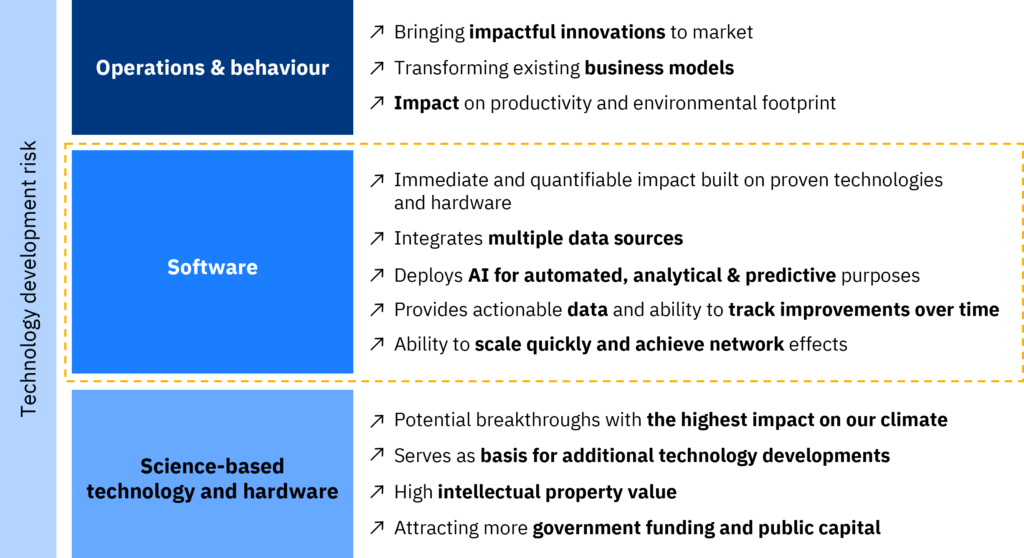No information set out or referred to in this communication shall form the basis of any contract. The issue of this insights report (the “report”) shall not be deemed to be any form of binding offer or commitment on the part of GP Bullhound or any of its affiliates or subsidiaries. This report is provided for use by the intended recipient for information purposes only. It is prepared on the basis that the recipients are sophisticated investors (so-called “professional clients” in the meaning of Annex II of Directive 2014/65/EU on markets in financial instruments, or their equivalent elsewhere) with a high degree of financial sophistication and knowledge. This report and any of its information is not intended for use by private or retail investors in the UK or any other jurisdiction where access, use or availability of this information would be unlawful.
This report does not provide personalised advice or recommendations of any kind. You, as the recipient of this report, acknowledge and agree that no person has nor is held out as having any authority to give any statement, warranty, representation, or undertaking on behalf of GP Bullhound in connection with the contents of this communication. Although the information contained in this report has been prepared in good faith, no representation or warranty, express or implied, is or will be made and no responsibility or liability is or will be accepted by GP Bullhound. In particular, but without prejudice to the generality of the foregoing, no representation or warranty is given as to the accuracy, completeness or reasonableness of any projections, targets, estimates or forecasts contained in this report or in such other written or oral information that may be provided by GP Bullhound. The information in this report may be subject to change at any time without notice.
GP Bullhound is under no obligation to provide you with any such updated information. All liability is expressly excluded to the fullest extent permitted by law. Without prejudice to the generality of the foregoing, no party shall have any claim for innocent or negligent misrepresentation based upon any statement in this report or any representation made in relation thereto. Liability (if it would otherwise but for this paragraph have arisen) for death or personal injury caused by the negligence (as defined in Section 65 of the Consumer Rights Act 2015) of GP Bullhound, or any of its respective affiliates, agents or employees, is not hereby excluded nor is damage caused by their fraud or fraudulent misrepresentation.
This report should not be construed in any circumstances as an offer to sell or solicitation of any offer to buy any security or other financial instrument, nor shall they, or the fact of the distribution, form the basis of, or be relied upon in connection with, any contract relating to such action. The information contained in this report has no regard for the specific investment objectives, financial situation or needs of any specific entity and is not a personal recommendation to anyone. Persons reading this report should make their own investment decisions based upon their own financial objectives and financial resources and, if in any doubt, should seek advice from an investment advisor. Past performance of securities is not a guide to future performance and the value of securities may fall as well as rise. In particular, investments in the technology sector may be subject to frequent fluctuations. The information contained in this report is based on materials and sources that are believed to be reliable; however, they have not been independently verified and are not guaranteed as being accurate. The information contained in this report is not intended to be a complete statement or summary of any securities, markets, reports or developments referred to herein.
This report may contain forward-looking statements, which involve risks and uncertainties. Forward-looking information is provided for illustrative purposes only and is not intended to serve as, and must not be relied upon as a guarantee, an assurance, a prediction or a definitive statement of fact or probability. Actual events and circumstances are difficult or impossible to predict and may differ from assumptions.
Any and all opinions expressed are current opinions as of the date appearing on the documents included in this report. The information contained in this report should not be relied upon as being an independent or impartial view of the subject matter, and for the purposes of the rules and guidance of the Financial Conduct Authority (“the FCA”) and of the Financial Industry Regulatory Authority (“FINRA”), and of the Commission de Surveillance (du Secteur Financier “CSSF”), this report shall not be viewed as a research report and is considered marketing communication and a financial promotion. Thus, in accordance with COBS 12.2.18 of the FCA Handbook, its contents have not been prepared in accordance with legal requirements designed to promote the independence of investment research and it is not subject to any prohibition on dealing ahead of the dissemination of the report.
The GP Bullhound indices and indexes included in this presentation are presented to support the opinions and information on the markets and securities included in this presentation. The GP Bullhound indices or indexes are NOT and should, under no circumstance, be used as indexes, indices or benchmarks in the sense of the EU regulation EU 2016/2011 or the UK Benchmark (Amendment and Transitional Provisions) (EU Exit) Regulations 2019 as amended by the Financial Services (Electronic Money, Payment Services and Miscellaneous Amendments) (EU Exit) Regulations 2019 (U.K. BMR), hereinafter, the "Regulations". GP Bullhound (including any of its regulated affiliates in the EU or UK) does not issue indexes or benchmarks within the definition of the Regulations, nor acts as manufacturer or administrator of regulated indexes or benchmarks as defined in the Regulations. Recipients or any reader of this presentation should not use the indices in this presentation as indices or benchmarks for the purposes defined in the Regulations. GP Bullhound (including affiliates) shall not be liable for its incorrect use as indexes or benchmarks subject to the Regulations by recipients, readers or any third party.



